Dhaka, Apr 05 (V7N) — With just days left before the Bengali New Year 1432, the Faculty of Fine Arts at Dhaka University is buzzing with activity. This year’s celebration is set to embrace a bold, political undertone with the slogan “Unity in the New Year, End of Fascism”, reflecting the spirit of 2024 and the evolving socio-political reality of the country.
The annual Pahela Boishakh procession, one of the most vibrant cultural expressions in Bangladesh, is getting a new edge. This year’s theme will feature anti-fascist portraits, symbolic sculptures, and inclusive participation from ethnic communities—a first under the current interim government’s directive to celebrate the New Year as a nationally unified and inclusive event.
Dr. Azharul Islam Sheikh Chanchal, Dean of the Faculty of Fine Arts, shared that the 1432 celebration will carry the message of resistance.
“We’re bringing in the spirit of 2024. This year’s procession will include anti-fascist elements such as a symbolic sculpture of tyranny, portraits of the former Prime Minister, and powerful imagery like Mughdhar’s water bottle, the Bengali tiger, the dove of peace, and more,” he said.
At least five major portraits have been confirmed so far, and hundreds of colorful masks representing birds, owls, and traditional motifs are being prepared. Artisans and former students are collaborating to bring the event to life, transforming the faculty grounds into a vibrant studio of resistance and celebration.
This year, the procession will mark a new milestone in cultural inclusivity. For the first time, indigenous groups such as the Chakma, Marma, Tripura, and Garo will participate with their own cultural symbols. This move is part of the interim government’s broader initiative to promote a “universal Bengali New Year celebration” that reflects the country’s diverse heritage.
Although the name and route of the procession are yet to be finalized, authorities have confirmed that the event will be shorter in distance to accommodate for the rising temperatures.
During a visit to the Fine Arts Faculty, the post-Eid atmosphere was already giving way to the intense focus of Boishakh preparation. Students and volunteers were seen building large paper sculptures—a tiger, a Lakshmi python, and a massive bird symbolizing freedom. Clay artisans worked on colorful folk art, while engineers and designers constructed a towering sculpture representing oppression.
Every wall of the faculty is being turned into a canvas of Bengal’s heritage, adorned with folk patterns and traditional designs. Craftsmanship and creativity are thriving under the guidance of senior motif artists and former students.
As the countdown to April 14 begins, the Faculty of Fine Arts is poised to host more than just a cultural procession—it’s preparing a visual and political statement. Through color, creativity, and community, the 1432 Boishakh celebration at Dhaka University aims to uphold tradition while pushing for change.
With its bold slogan and inclusive vision, this year’s event promises to be a historic chapter in the legacy of the nation’s most beloved festival.
END/MSS/AJ



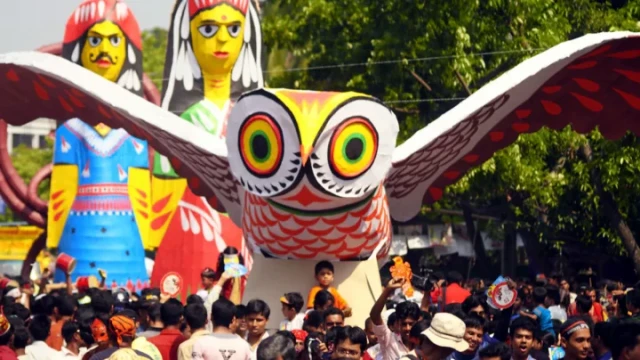


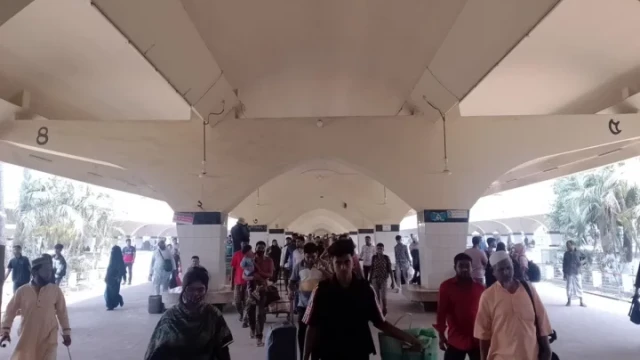














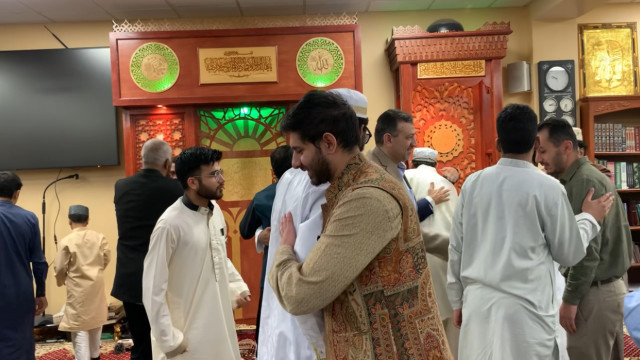
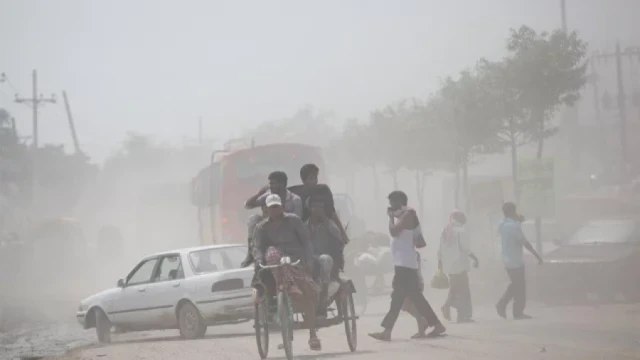

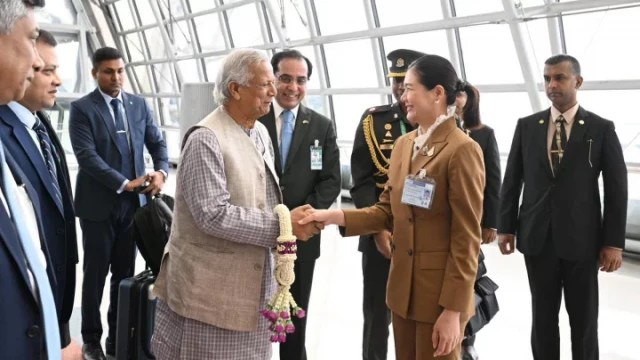

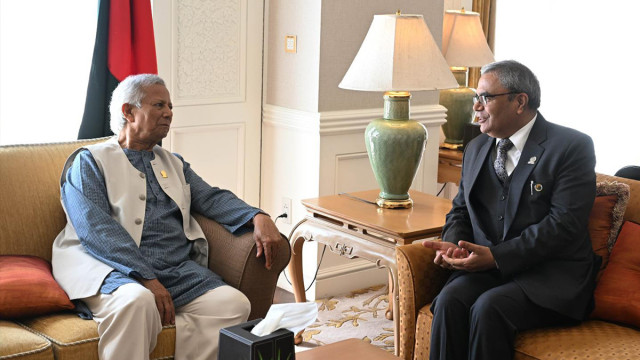

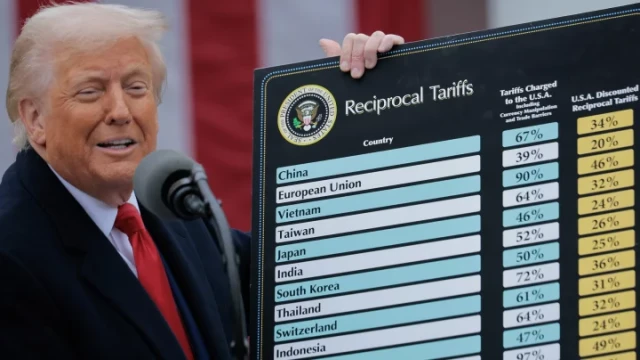
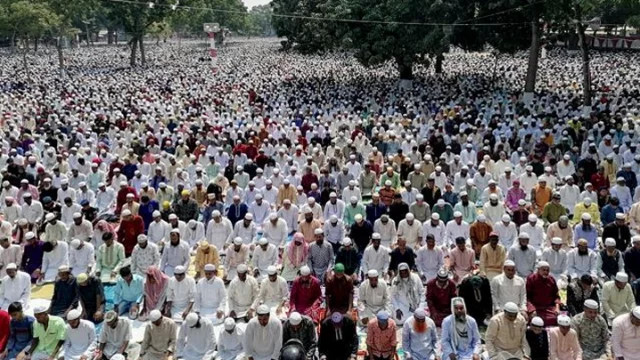
Comment: